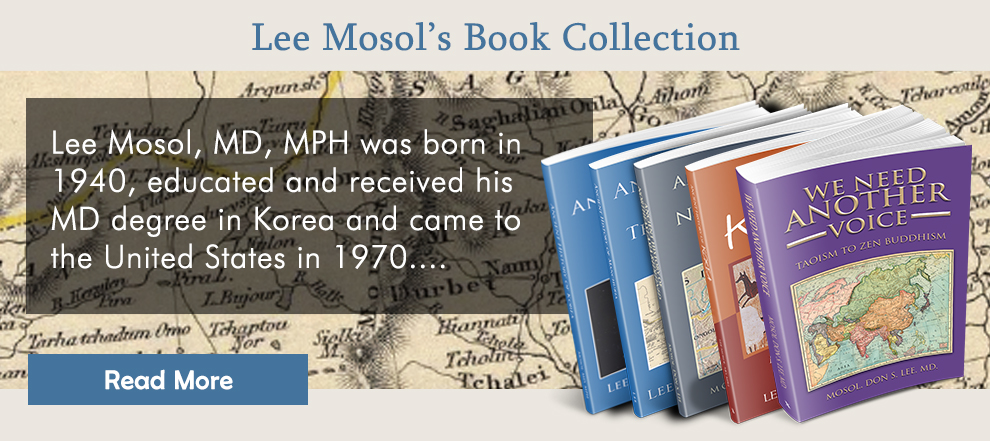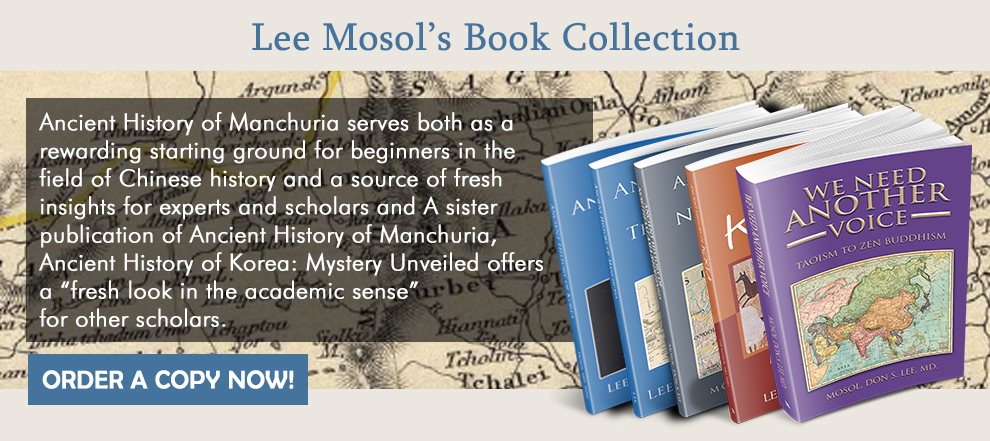The author intended to use all the Material and Method for the study of all liberal arts and sciences. Locals in the YRVC spoke Tungusic language and were recorded under PLCs and PSMCs. That was the dividing point from oral to written history. Later historian manipulated the text. Logograms had been evolved through the history. The most valuable resources of information is in the ancient scriptures. It was engraved by the Hahn-Yae(韓穢字) people under the leader caged in(樊侯) who were captures from the northern part (中山) of Shanxi Province. Classic Chinese hermeneutics ought to be reexamined under different paradigm by the scholars who understand Korean language.
The Gold standard method of investigation namely “No stone left unturned” ought to be applied at the final stage, not from the very beginning of search. The alternative methodology based a series of syllogism was applied from the beginning to get the panoramic view. They used elusive names to described proper places or person; such as tribal name and geographic locations. It is necessary to include those elusive names to connect the dots to complete the trail of Korea(Joseon, 朝鮮) from the birth place, through the Manchuria, to the Korean peninsula.
By studying ancient scriptures under a new methodology, lots of mysteries in the NEA are surfaced through the panoramic move screen. The Old Joseon had been destroyed in the Manchuria. Invaders destroyed Manchurian history. The names of town, creeks, and tribes had been changed continually throughout 20 centuries. By the end of 6th century, southerners were unified by the Sui Dynasty and encountered with Northerners. The Goguryeo had a series of War against Sui dynasty between AD 598 and AD 614.
The first Battle was at the fortress near the Yu (渝) creek as name Linyuguan (臨渝關) revealed. Goguryeo territory was bordered with the Turkic Khaganate(突厥) in the west . The name reveals location. The fortress (在遼西臨渝) was in the Shanxi province. Sui wanted to revenge, mobilized the biggest army in history. Book of Sui said 2 million strong, biggest army ever in history. Dispatch took 40 days stretched 1,000 ri . The second battle known as Battle of Salsu (薩水之戰, 살수대첩)took place in 612. Goguryeo won an outnumbered superior Sui forces at the Salsu(薩水). Name Salsu appears first time. It was made by the compiler Wei Zheng (魏徵: 580–643) describing the unforgettable scene of massive casualties in the Liao Valley Swamp. Yet, the location of the first battle and the battle field Salsu are in dispute. The Chinese claims that the battle field Salsu was in the Korean peninsula by explaining that the few survivors ran unrealistic distance(行四五百里) over a night and reached in the SW of Manchuria . The Sui dynasty was collapsed. The Tang dynasty emerged in AD 618. Goguryeo also tired and retreated to the east and face with newly emerging power Silla in the Korean peninsula.
Etymology of Jurchen (女真)people is still unknown:
Two historiographies “契丹國志, 高麗圖經” provide information.
Khitan Chronicle(契丹國志) has used logograms “秦,晉” several times as the ruler’s name. Also said that Jin already dead(referring the Qin Shi Huang(秦始皇) how two more Jin(referring the emperor of Jin Aguda and Abaoji of Liao (金, 遼) resurrecting . Both Jin and Khitan claimed they were the main descendant of Old Joseon. The name of those two dynasties founder share the same phonetics of Korean word meaning father. Abaoji (阿保機, 916–926, 아버지 /father by Korean) was a Khitan leader and founder of the Liao dynasty (907–926) posthumously named as Emperor Taizu of Liao. The leader of the Jurchen (女真)Wanyan clan is Hanpu (函普)or Hambo (함보) by Korean from Silla or Goryeo .
They used all kind of tricks to conceal the Birth place of Old Joseon from the very beginning of Chinese civilization , and through the history to the 20th century. As tracking down one evidence, another two or three more came out. More the facts come out through the research, on and on; the more facts come out general public will change their perception onto the North East Asian History. Because of such elusive description, each one of names or phrases in this article could be expanded to a chapter of the Book or a thesis topic for the graduate students.
Discussion between Confucius with his disciple about the folk song poem (詩經 周南 關雎) is testimony of the Hongik Ingan (弘益人間) which Dangun Wanggeom set as the national motto.
Korean ancestors moved from the Shanxi Province of China through the Manchuria and settled into the Korean peninsula. Their trail of exodus is in the name of Joseon and many other names associated Old Joseon such as “解, 斯, 濊 穢, 貃貊貉,卑彌=俾爾, 公孫, 句驪=九黎, 夫餘=蜉蝣=胡不與之國, 胡=鬍,蓋狄, 肅慎, 鮮卑, 遼水, 孤竹, 襄平, 契丹”so on, appeared on the trail. It took a long time, but remained in their culture such as “Totem pole and Tripod black Bird” and language.
They wanted to take over the ancestors’ home land as written as “麗語謂復舊土為’多勿”in the Korean Chronicle. They proclaimed at the public gathering of the Sky Opening Day and have strong nostalgia on the white garment which was their trade mark outfit (道袍) for the ritual service. Hence they were called “白狄=蓋狄=北狄, 白民, 衣尚白, 白衣民族”, literally white cloth people. This unique outfits were recognized during the Korean War by the westerner.
Southern invaders destroyed old records of Manchuria. Goguryeo used to have hundred volumes of archaic scriptures (留記),and Baekjae compiled first historiography known as “書記” in 375 AD .
The southerners used every trick to undermined northerners by using double standard as shown names applied to the northerners.
The names of the country “女眞, 女直,女真, 辰餘國, 契丹, 遼”, wording of the governing law in the Manchuria “墓寫隸法” are few of the latest examples . The secret report(高麗圖經) to the Song Emperor Huizong of Song (宋 徽宗,1082 –1135) has that the Later Tang (後唐: 923 to 937) appointed the first king Wang- Geon (王建) of Goryeo, though their nemesis before, as the lord of the old skeleton capital (骨都,𤣥菟州都督) in the south western Manchuria . Yet, the current edition of the same book doesn’t have a map.
As the Communist China had declared the Northeast Project (東北工程) and The Xia–Shang–Zhou Chronology Project (夏商周時代工程) to achieve their clandestine dream to expand territory, the tug of History war is still going on.
The author suggests to divide this long history of Korean exodus to three stages for the historian to discuss any issues in detail:
Classic Antiquity. Old Joseon divided in 208 BC by Xiongnu invasion.
Middle Antiquity: Goguryeo absorbed Current Joseon(今朝鮮) in 280.
Late Antiquity: Silla Unified Korean Peninsula and Birth of Japan
Grand Finale
About the Author
Written by Lee Mosol
Retired physician from GWU and Georgetown University in 2010 2011: First Book in Korean "뿌리를 찾아서, Searching for the Root" 2013: Ancient History of the Manchuria. Redefining the Past. 2015: Ancient History of Korea. Mystery Unveiled.
Recent Posts
Recent Comments
- Don S. Lee MD on 부여의 시말:
- Seowa etymologist on Silla from Zhina(Southern China) to Korean Peninsula.
- James Kim on 약우 (若愚)
- James Kim on 약우 (若愚)
- James Kim on 약우 (若愚)
Archives
- January 2025
- November 2024
- May 2024
- February 2024
- October 2023
- August 2023
- June 2023
- May 2023
- March 2023
- February 2023
- January 2023
- August 2022
- July 2022
- April 2022
- March 2022
- January 2022
- December 2021
- November 2021
- October 2021
- September 2021
- August 2021
- July 2021
- June 2021
- March 2021
- February 2021
- January 2021
- December 2020
- November 2020
- October 2020
- September 2020
- May 2020
- April 2020
- March 2020
- February 2020
- January 2020
- December 2019
- November 2019
- October 2019
- September 2019
- August 2019
- July 2019
- June 2019
- May 2019
- April 2019
- February 2019
- January 2019
- December 2018
- November 2018
- October 2018
- September 2018
- July 2018
- March 2018
- February 2018
- December 2017
- November 2017
- October 2017
- September 2017
- August 2017
- July 2017
- June 2017
- May 2017
- April 2017
- March 2017
- February 2017
- January 2017
- December 2016
- November 2016
- October 2016
- September 2016
- August 2016
- July 2016
- June 2016
- May 2016
- October 2015
- September 2015
- July 2015
- May 2015
- April 2015
- November 2014



